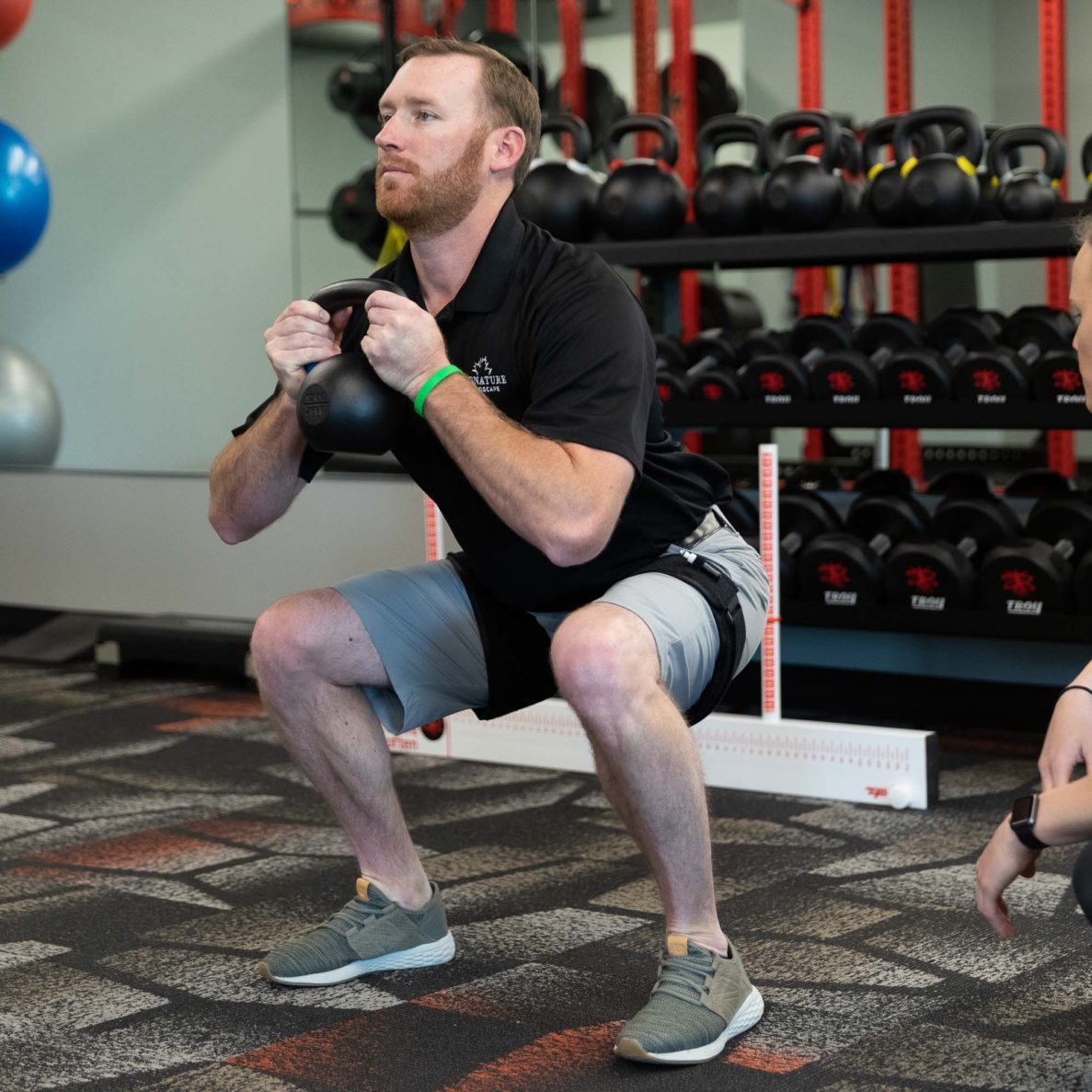Patients or post-operative patients, high load and high intensity workouts might not be medically appropriate.
It has actually been used in the health club setting for some time but it is gaining popularity in medical settings. BFR training was at first established in the 1960's in Japan and known as KAATSU training.
It can be used to either the upper or lower limb. The cuff is then inflated to a specific pressure with the objective of getting partial arterial and total venous occlusion. The client is then asked to carry out resistance exercises at a low strength of 20-30% of 1 repetition max (1RM), with high repetitions per set (15-30) and brief rest periods between sets (30 seconds) Understanding the Physiology of Muscle Hypertrophy. [modify modify source] Muscle hypertrophy is the increase in diameter of the muscle as well as an increase of the protein content within the fibers.
Muscle stress and metabolic stress are the two main aspects accountable for muscle hypertrophy. The activation of myogenic stem cells and the raised anabolic hormones result in protein metabolism and as such muscle hypertrophy can happen.

Growth hormonal agent itself does not straight trigger muscle hypertrophy but it aids muscle healing and thereby possibly facilitates the muscle enhancing process. The build-up of lactate and hydrogen ions (eg in hypoxic training) additional increases the release of growth hormone.
Myostatin controls and inhibits cell development in muscle tissue. Resistance training results in the compression of blood vessels within the muscles being trained.
This results in a boost in anaerobic lactic metabolic process and the production of lactate. When there is blood pooling and an accumulation of metabolites cell swelling occurs. This swelling within the cells triggers an anabolic reaction and leads to muscle hypertrophy. The cell swelling may really cause mechanical tension which will then trigger the myogenic stem cells as gone over above.
The cuff is placed proximally to the muscle being workout and low strength workouts can then be carried out. Since the outflow of blood is limited utilizing the cuff capillary blood that has a low oxygen content collects and there is a boost in protons and lactic acid. The exact same physiological adjustments to the muscle (eg release of hormones, hypoxia and cell swelling) will occur during the BFR training and low strength workout as would accompany high strength exercise.
( 1) Low intensity BFR (LI-BFR) results in a boost in the water material of the muscle cells (cell swelling). It also speeds up the recruitment of fast-twitch muscle fibres. It is also hypothesized that when the cuff is gotten rid of a hyperemia (excess of blood in the capillary) will form and this will cause additional cell swelling.
These increases resembled gains obtained as a result of high-intensity workout without BFR A study comparing (1) high intensity, (2) low intensity, (3) high and low intensity with BFR and (4) low strength with BFR. While all 4 exercise programs produced boosts in torque, muscle activations and muscle endurance over a 6 week period - the high intensity (group 1) and BFR (groups 3 and 4) produced the biggest effect size and were equivalent to each other.